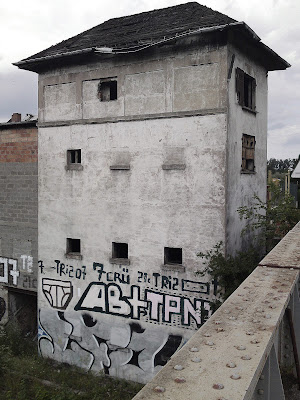Brennender Berg - Burning Mountain
We heard about the abundant Dutweiler coal mines, the iron and alum plants, and even about a burning mountain, and made preparations to see this nearby wonder….We entered a gorge and found ourselves in the vicinity of the burning mountain. We were enveloped by a strong sulphur smell; one side of the cave was almost glowing, and covered with reddish, white-roasted rock. Dense steam arose from the crevices and we could feel the hot ground even through the thick soles of our shoes.––– Johann Wolfgang von Goethe, who visited the Brennender Berg in 1770.
The fire from a smouldering coal seam has died down somewhat in the intervening 200 years but there is still some heat and occasional smoke.






























